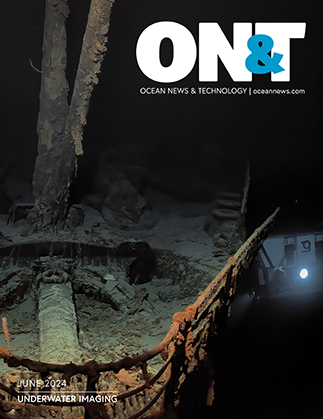When Tropical Cyclone Marcia passed nearby to Gladstone Port on the morning of Friday 20 February 2015, it was the first major test of the world-class meteorological and oceanographic forecast guidance systems and procedures that the Queensland Curtis LNG Project (QCLNG) had put in place before the plant opened in December 2014.
With plans for more than 100 vessels visiting this year, QCLNG has integrated a comprehensive set of safety systems, including weather guidance from MetraWeather. The forecasting is in place to assist operational planning; to ensure the safety of pilots, crews and onshore personnel; and to mitigate the risks of extreme weather events on port infrastructure and assets.
Port operations worldwide are impacted by weather, wind and waves. Port pilots must be able to board safely before entering a harbour; tug boat crews need to know the conditions in which they’ll operate; and navigation, berthing and mooring can all be impacted. Weather guidance is an intrinsic part of safely operating a modern port.
In the days preceding the cyclone, MetraWeather provided Weather Threat Matrices showing the forecast threats of wind, precipitation and lightning, and Consultant Meteorologists conducted one-on-one briefings with the Operations Manager.
After assessing the evidence and the management plan, QCLNG executives made the decision to cease loading the LNG tanker, the Methane Lydon Volney, and to ‘up anchor’ and steam to safety in deep water off the Queensland coast.
On the same day, the three Gladstone coal terminals also suspended loading. Mining giant, BHP Billiton, ceased operation of its coal trains. The Harbour Master closed the port, and a decision was taken to evacuate all vessels. By late-afternoon, all thirty-four vessels in port had been instructed to up anchor and sail.
At 4 am Friday, the Bureau of Meteorology upgraded Marcia to a Category 5—the highest tropical cyclone grading. The cyclone tracking placed the QCLNG port in the middle of Marcia’s path. Destructive winds up to 270 kmh (170 mph) were forecast near the core of the system, according to the Australian Bureau of Meteorology.
Tropical Cyclone Marcia certainly threw out a strong challenge to QCLNG. Due to the comprehensive measures and procedures that were in place, there were no injuries to crews and support personnel. QCLNG’s assets and infrastructure maintained uninterrupted supply and production throughout the severe weather event.
On Sunday 22 February, the Methane Lydon Volnay safely re-entered Gladstone Port and completed loading LNG before sailing to South East Asia.
The positive outcome is a testimony to QCLNG’s informed executive decision-making, their primary focus on safety standards and risk mitigation, and the benefits of receiving real-time, site-specific science-based weather forecasting.
